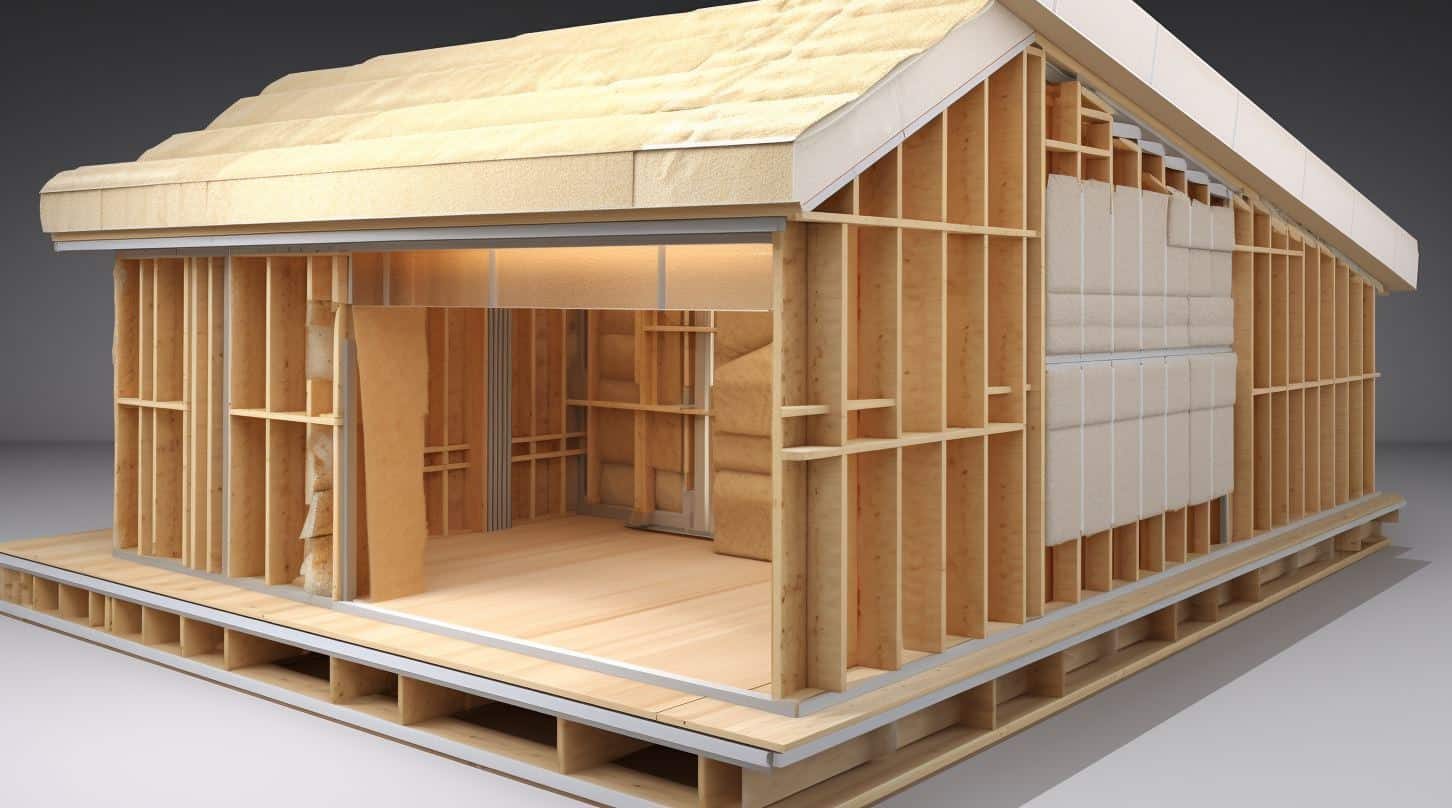
Insulation in Canadian wooden buildings is crucial due to the country’s cold climate. Proper insulation is essential for maintaining a comfortable indoor environment and energy efficiency. Here are detailed tips for insulation, categorized by types, placement, and regulations:

By following these categorized tips, you can ensure efficient thermal performance in Canadian wooden buildings. Insulation not only conserves energy and reduces heating costs during the long winter months but also enhances the overall comfort of occupants. Always consult your local building authority to ensure compliance with current codes.
